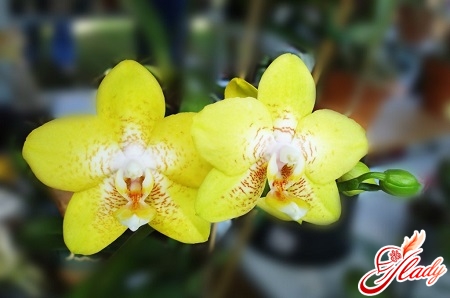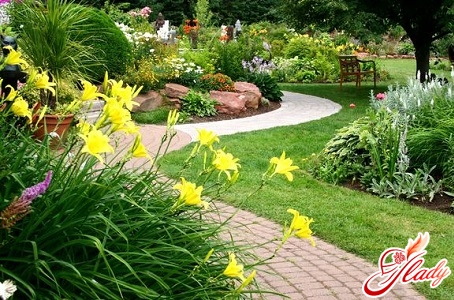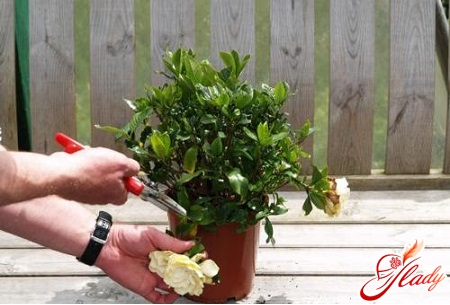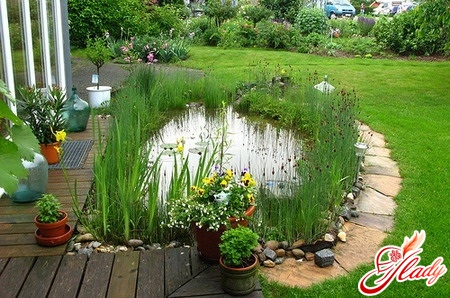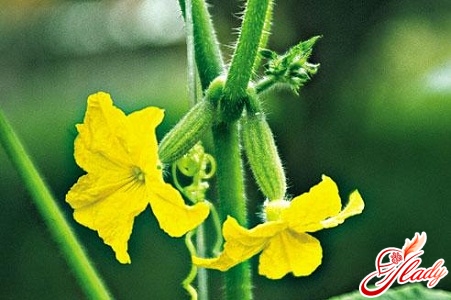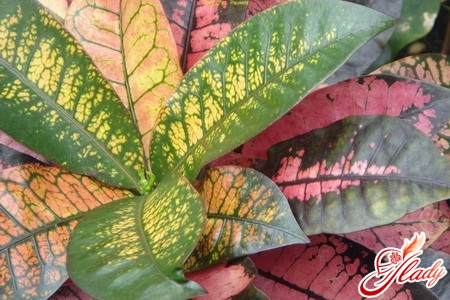 Coming to our homes from Northern Australia and withislands of the Pacific Ocean, croton very quickly became a very common and popular indoor plant. Like many natives of the hot tropics, it is quite capricious. However, the croton flower does not require very burdensome care, so it is present in many collections of indoor flowers. Let's get to know this representative of the euphorbiaceae family better and find out how to care for it and in what conditions to keep it.
Coming to our homes from Northern Australia and withislands of the Pacific Ocean, croton very quickly became a very common and popular indoor plant. Like many natives of the hot tropics, it is quite capricious. However, the croton flower does not require very burdensome care, so it is present in many collections of indoor flowers. Let's get to know this representative of the euphorbiaceae family better and find out how to care for it and in what conditions to keep it.
Croton flower in nature and at home
The Latin name for croton is "Codieum".This is an evergreen spurge plant with hard, leathery leaves. In nature, codiaeum is represented by many different varieties, but indoor croton is, as a rule, variegated codiaeum, a shrub with a woody trunk and large leaves. In the natural conditions of hot and humid tropics, croton grows as one and a half meter bushes and even two- and three-meter trees. The size of indoor croton is more modest. Usually they do not exceed one meter, and most often at home croton reaches 30-70 cm. It owes its decorativeness to bright leaves of different colors and shapes. Croton leaves can be wide and narrow, straight, twisted and intricately cut along the edges. The color of croton leaves is very diverse - from green to crimson. Young leaves located in the upper part of the plant are green or yellowish. However, as they grow, they become variegated, changing color and becoming covered with red, orange and pink spots. All the beauty of the croton is contained in its brightly colored leaves. Therefore, the nondescript yellowish-white flowers with which it blooms are usually plucked off so that all the growth force goes to its leaves.
Requirements for the content of a croton
As already mentioned, croton is quite capricious.and requires constant attention from its owner. However, favorable conditions for its maintenance can be created in the space of human habitation. This plant loves heat, so the appropriate room temperature is one of the conditions for keeping croton. The health and condition of the plant directly depend on it. If the temperature is too low, the roots of croton can begin to rot. The most optimal temperature for keeping croton is twenty, twenty-two degrees (but not lower than seventeen!). In addition, croton is very sensitive to temperature changes and drafts. The next condition for keeping croton is lighting. This flower loves light, so it should grow in a well-lit place. In addition, lighting affects the color of the leaves. With a lack of light, croton leaves lose their decorative effect and become prosaically green. Direct sunlight is also destructive for the leaves, which can cause burns. Therefore, the flower should be shaded from direct sunlight, and the plant should be gradually accustomed to bright summer light after the autumn-winter dormancy. Watering. In summer and spring, croton is watered regularly and abundantly, not allowing the soil to dry out deeper than a centimeter. In winter and autumn, watering is reduced. This is due to the slow evaporation of moisture at lower air temperatures. If you water croton in cold weather as you did in summer, this will lead to root rot and the death of the plant. Water for irrigation should be settled and warm, since when watered with cold water, croton can shed its leaves. By the way, croton leaves are an excellent indicator of sufficient watering. As soon as the plant lacks moisture, its leaves droop together. In this case, croton needs to be watered and irrigated abundantly. But it is better, of course, not to wait for such a signal. High air humidity is a prerequisite for maintaining croton. To maintain sufficient humidity, the plant needs to be sprayed daily with water at room temperature, and to keep the leaves clean, wipe them with a damp cloth or sponge. In summer and spring, this is necessary due to the high temperature, and in winter due to dry air. In addition, during the heating season, you can use special humidifiers or increase humidity by placing a container of water near the flower pot.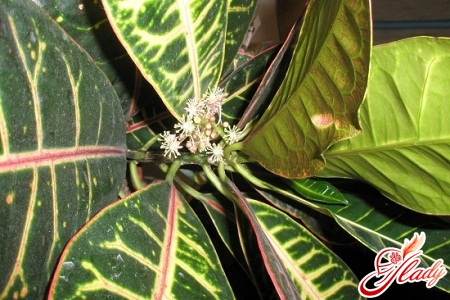
Reproduction and transplantation of a croton
Any clay or clay pot will do for planting croton.a plastic pot with a drainage layer poured on the bottom. Expanded clay is used for drainage, as well as a mixture of ceramic shards and charcoal. A suitable soil for a young croton is a mixture of one part turf soil, two parts leaf soil and one part sand. For adult and large plants, more turf soil is added to the soil mixture. Croton is propagated by apical cuttings (the main method), air layering and seeds. To propagate by cuttings, the top of a lignified shoot with two leaves and one bud is separated by a straight cut. The cut of the mother plant is sprinkled with crushed charcoal. The cutting is briefly placed in water to wash off the milky juice, and then the cut is dried. After this, the cutting is planted in a pot, which is covered with a jar or plastic bottle, creating a microclimate for rooting the cutting. Sand or a mixture of sand and peat is used as a substrate for rooting. The resulting mini-greenhouse is ventilated for a month, the young plant is sprayed and watered, and then the rooted cutting is planted in a permanent place with suitable soil. Reproduction by air layering is used when the trunk of an adult croton is very bare. In this case, the bare branch is bent to the ground, secured and sprinkled with soil. After it takes root, it is cut off from the mother plant and planted in a new pot. To propagate croton by seeds, they are planted in the same greenhouse as the cuttings. This is done in winter, in January or February. The seeds are not buried in the ground, since they sprout in the light. The seeds germinate in three to four weeks. Croton does not require frequent transplants, but it still needs to be replanted if necessary. True, no more than twice a year. But young growing specimens (up to three years old) - annually and without fail! Croton is transplanted in early spring into a small pot, since croton does not like spacious dishes and in a cramped space it better masters a new soil mixture. The transplanted plant must be watered abundantly and then cared for according to the usual scheme.
Croton Crown Formation
For a beautiful crown of croton, adult specimensIt is necessary to prune correctly and regularly, and pinch young plants. The first pinching is carried out on a plant that has reached a height of ten to fifteen centimeters. Subsequent ones - as the shoot grows, every twenty centimeters. Pruning is carried out as the branches grow, removing excess branches and forming a beautiful and even crown. The cut sites must be sprinkled with charcoal. By the way, the cut shoots can be used as cuttings for propagation. All work on pruning and pinching croton is carried out with gloves, since the milky juice of this plant is poisonous! Proper care of croton will provide you with a simply enchanting plant, which is not only very beautiful, but has very interesting properties. It is believed that croton is able to awaken eloquence in a person, put thoughts in order, protect against diseases, evoke positive emotions and help improve immunity. Don't believe it? Then see for yourself by planting this unusual tropical flower, croton, in your home. We recommend reading:




